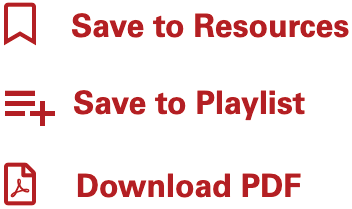





ESSENTIAL 4
Identifying Characteristics of Tasks that Support
Reasoning about Statistics and Data: Task Sort
To provide opportunities for students to engage with meaningful statistical and data ideas, teachers should use worthwhile tasks. Thus, teachers need to be able to select and/or modify worthwhile statistics and data tasks. Other essential resources in this module provide some background information about the charac-teristics of worthwhile statistical and data tasks. You may want to review these resources if they are new ideas to you (E.2 Considerations for Tasks to Develop Students’ Thinking about Statistics and Data, and E.3 The Importance of Context in Task Selection) before engaging in the task sort. Many times, tasks may be more appropriate for supporting mathematical rather than statistical reasoning. Other times, tasks might be less cognitively demanding (e.g., tasks that focus on memorization of statistical formulas, procedural or skill-based tasks) rather than requiring a high level of cognitive demand (e.g., tasks that require connecting procedures to concepts, tasks where students engage in doing statistical practices). As you come across new tasks or engage with old favorites, ask yourself, Does this task promote reasoning about statistics and data or mathematics? If it is a statistical task, consider how the task promotes different aspects of statistical thinking.
After engaging with the tasks, consider each task’s opportunities for developing reasoning about statistics and data. Compare and contrast these opportunities. Identify aspects of the tasks to sup-port your arguments. Here are some questions to guide your reflection:
What was it like to engage with the task?
What were the opportunities for developing each statistical idea?
How were the tasks similar or different in the opportunities to engage with context?
In what ways did the tasks provide opportunities to solve a statistical problem or broader
issue? How were questions posed?
What opportunities do the tasks provide to engage in a statistical solving process (Pose,
Collect, Analyze, Interpret) or Data Investigation (Frame the Problem, Consider and Gather Data, Process Data, Explore and Visualize Data, Consider Models, Communicate and
Proposed Action)?
What opportunities do the tasks provide to develop statistics and data habits and
dispositions?
What ways do the tasks support the use of technology to develop reasoning about statistics and data?
How would you compare and contrast the cognitive demand?
REFLECT


~30 Minutes
The following sets of tasks are provided for you to consider the different opportunities each task provides to support students’ reasoning about statistics and data. Below are five sets of tasks; each set contains 2 tasks. Engage with the tasks enough to be able to reflect on how the tasks promote statistical thinking. You may select a few sets, or consider all of them.
APPLY
Task Set 1 This set of tasks examine the context of fuel efficiency in cars through linear regression and comparing distributions.
Task Set 2 This set of tasks asks students to examine two different data sets: data heights of boys on a
basketball team and wait times between successive eruptions (blasts) of geysers.
Task Set 3 This set of tasks focuses on comparing distributions through data on antacids and heights of
high school students.
Task Set 4 This set of tasks focuses on ideas of probability within the context of drawing different color cubes from a bag.
Task Set 5 This set of tasks examines associations between music and sports and boss preference by
gender.

Mark as Complete and Continue



















